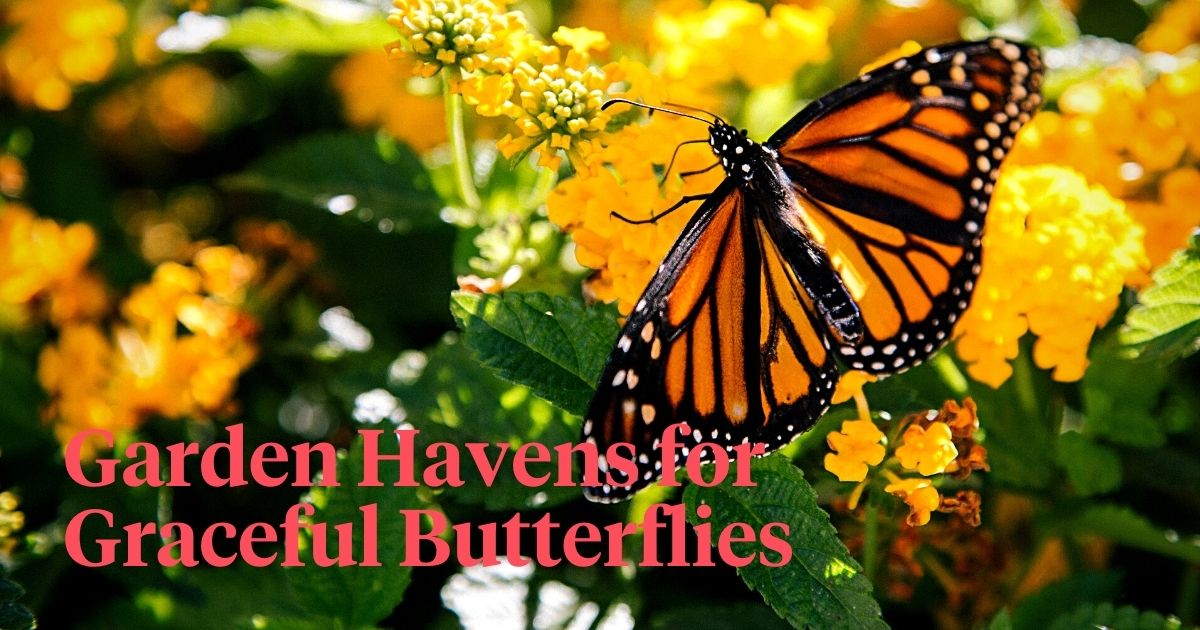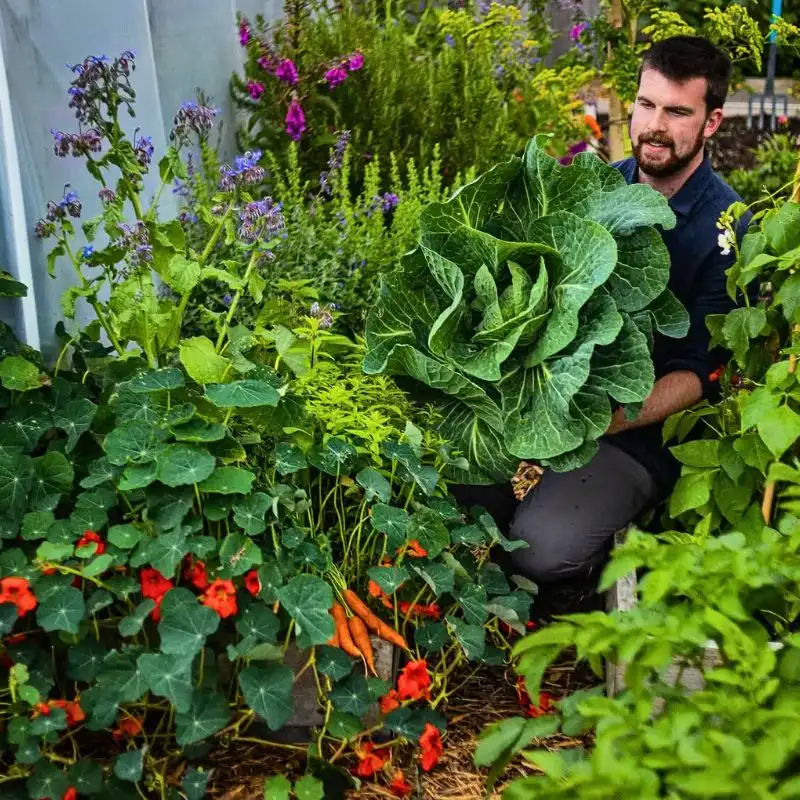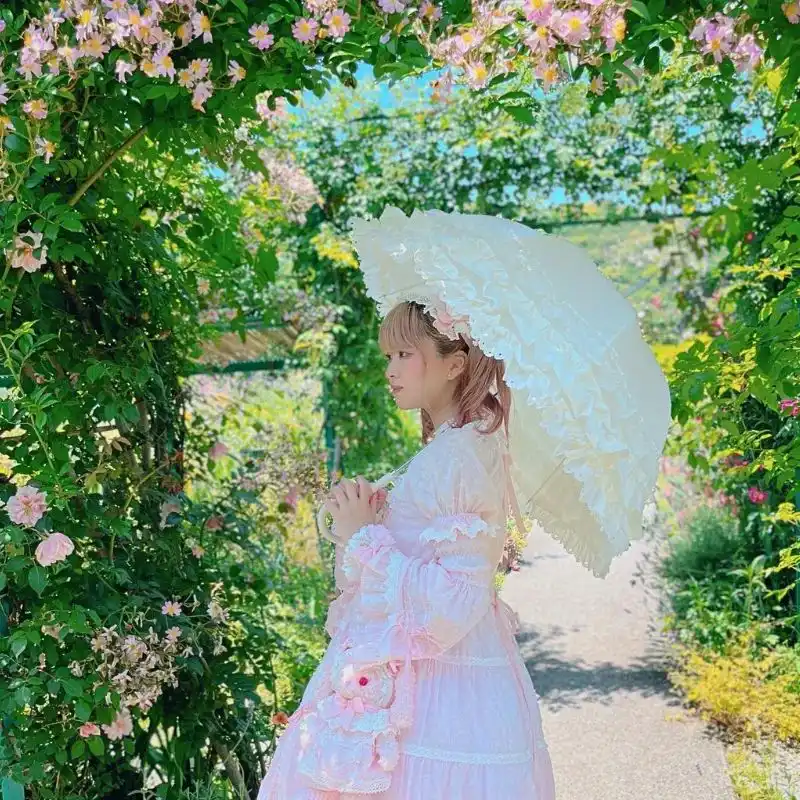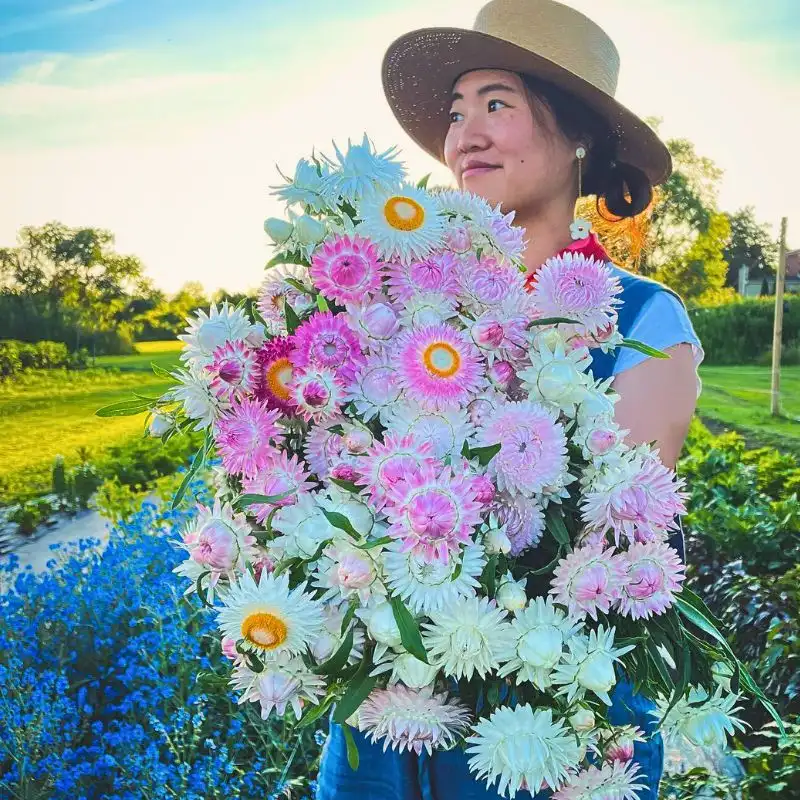Butterflies hold quite a special place among the many wonders of the natural world. Their bright colors, delicate wings, metamorphosis, their transition from the somewhat unprepossessing pupae into attractive beings, and many other distinct physiognomies inspire awe and curiosity, making them a favorite among flower and nature enthusiasts.
However, the monarch butterfly population has been declining due to habitat loss and the scarcity of milkweed, their primary host plant. And since roughly 90% of all milkweed and monarch habitats are within the farmed settings, relevant practices can positively impact their populations. In line with this, the concept of Monarch Waystations was born.
Here’s more about this model and how it benefits the monarch butterfly population.
The Conceptualization of Monarch Waystations Model
The idea of Monarch Waystations was made popular by the non-profit organization, Monarch Watch which was founded in 1992 by Dr. Chip Taylor, a professor of ecology and evolutionary biology. Monarch Watch aims to engage the public in monarch butterfly conservation efforts.
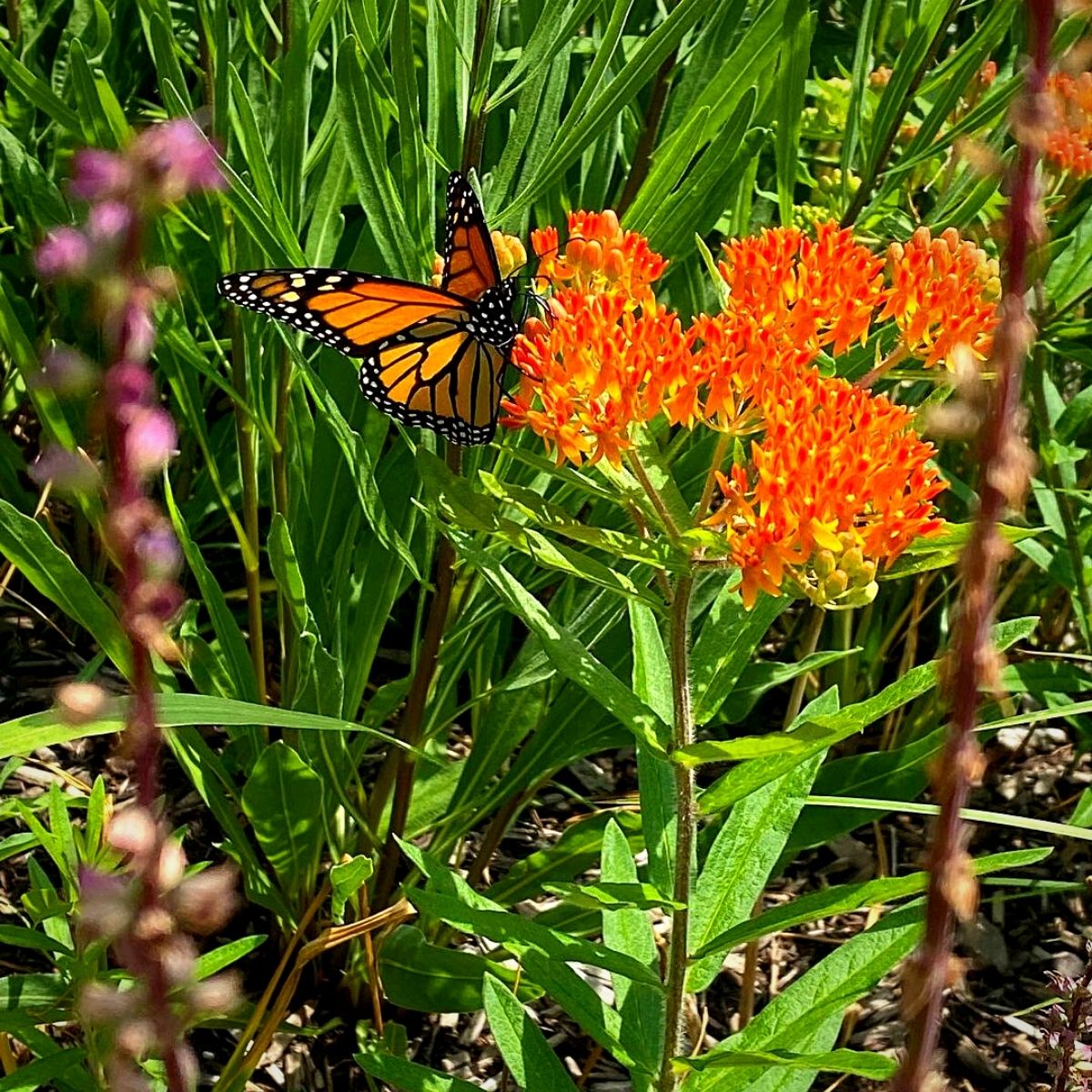
Dr. Taylor recognized the importance of creating habitats for these butterflies to support their incredible migratory journey across North America. The idea was, in essence, conceptualized as a way to provide a refuge for monarch butterflies during their migration and breeding cycles. It originated from the realization that creating suitable habitats and food sources for monarchs could help reverse their declining population.
Monarch Waystations are essentially gardens or landscapes that provide milkweed plants and nectar-rich flowers, which are essential for the survival and reproduction of monarch butterflies. They are a designated area that provides habitat and resources for these butterflies during their annual migration that takes place in the fall.
The monarch butterfly, scientifically known as Danaus plexippus, is renowned for its remarkable migration journey, every so often, from Canada and the United States to Mexico, spanning thousands of miles. This migration between their breeding grounds in North America and their overwintering sites in Mexico is one of the most remarkable spectacles in the natural world and intrigues the imagination of nature enthusiasts worldwide.
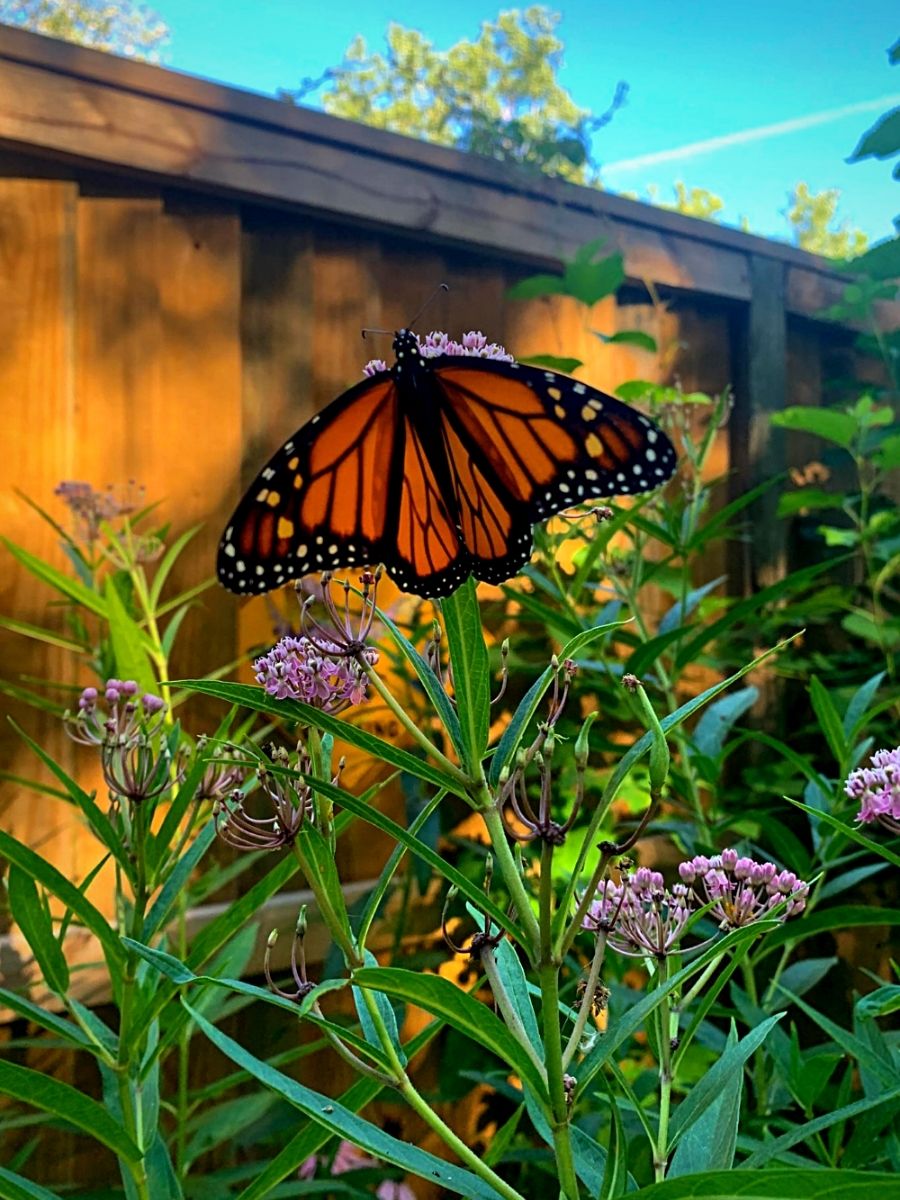
However, due to various threats such as loss of habitat, use of pesticides, and climate change, monarch butterfly populations have been declining in recent years. As a result, Monarch Waystations seek to help support and conserve these attractive butterflies by providing them with essential resources such as nectar-rich flowers for feeding and milkweed plants for breeding.
Milkweed plants are especially crucial for monarchs because they are the sole food source for monarch caterpillars. Female monarch butterflies lay their eggs exclusively on milkweed plants, and once the eggs hatch, the caterpillars feed on the leaves of the milkweed florae. Including milkweed in Monarch Waystations, therefore, helps sustain the entire life cycle of the monarch butterfly.
These waystations can be established in various locations, including gardens, parks, schools, and other public or private spaces. They typically involve planting native flowering plants, particularly those that are rich in nectar and are attractive to monarch butterflies.
Noteworthy is that creating a Monarch Waystation can be a simple and rewarding way for individuals, organizations, and communities to contribute to the conservation of monarch butterflies and their remarkable migration.
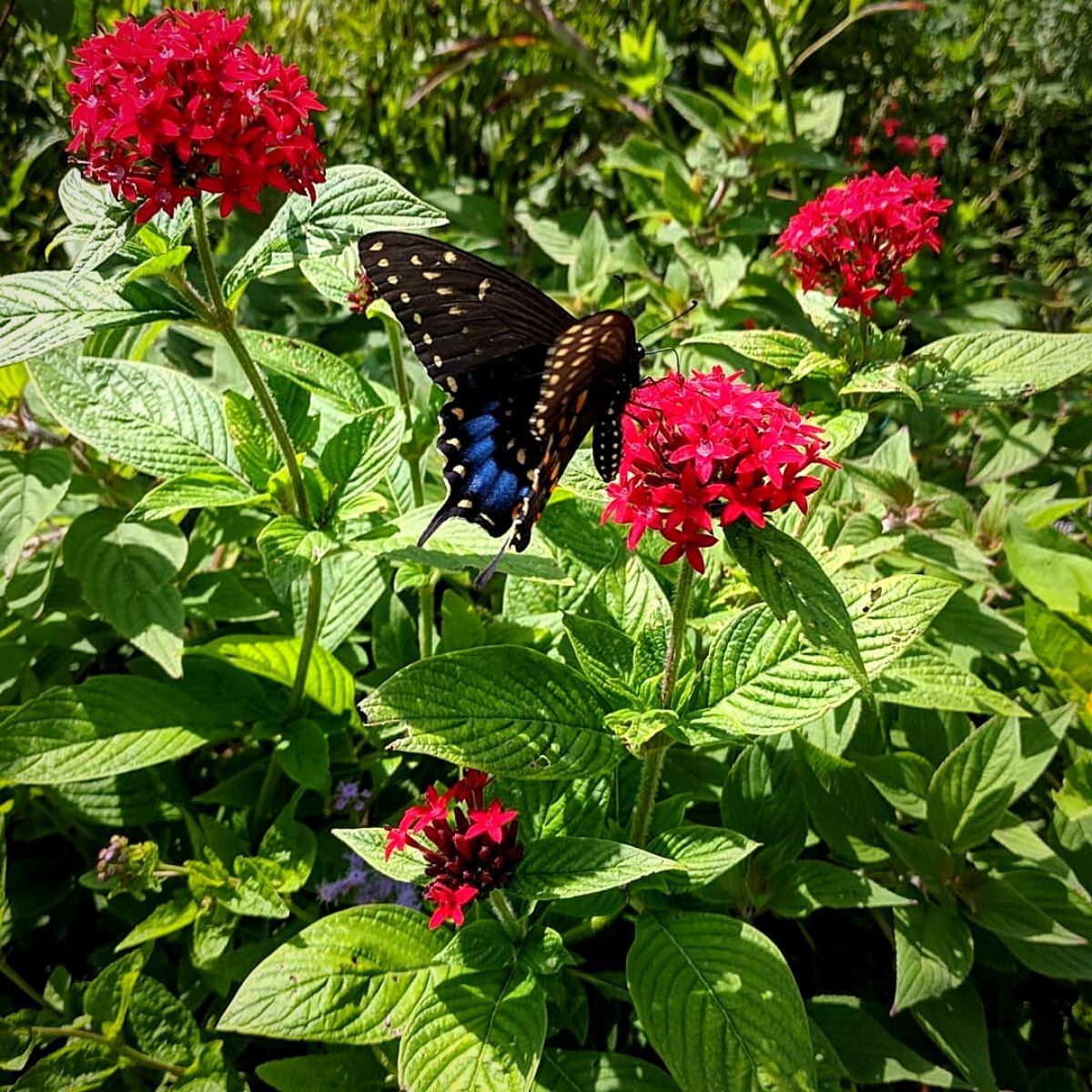
What Are the Benefits of Monarch Waystations?
Building a Monarch Waystation offers numerous benefits, both for the environment and for individuals who play a part in the initiative. They provide crucial habitats and food sources for monarch butterflies throughout their life cycle, from egg to adult, and breeding grounds. In creating these docks, people play an active role in conserving and protecting these magnificent creatures.
These waystations not only benefit monarch butterflies but also support a diverse range of pollinators. The flowers and plants in these gardens attract bees, hummingbirds, and other insects, contributing to the overall health and biodiversity of the ecosystem.
In addition, Monarch Waystations could act as living classrooms, offering a unique opportunity for education and awareness. People of all ages can learn about the life cycle of monarch butterflies, their incredible migration journey, and the importance of habitat conservation.
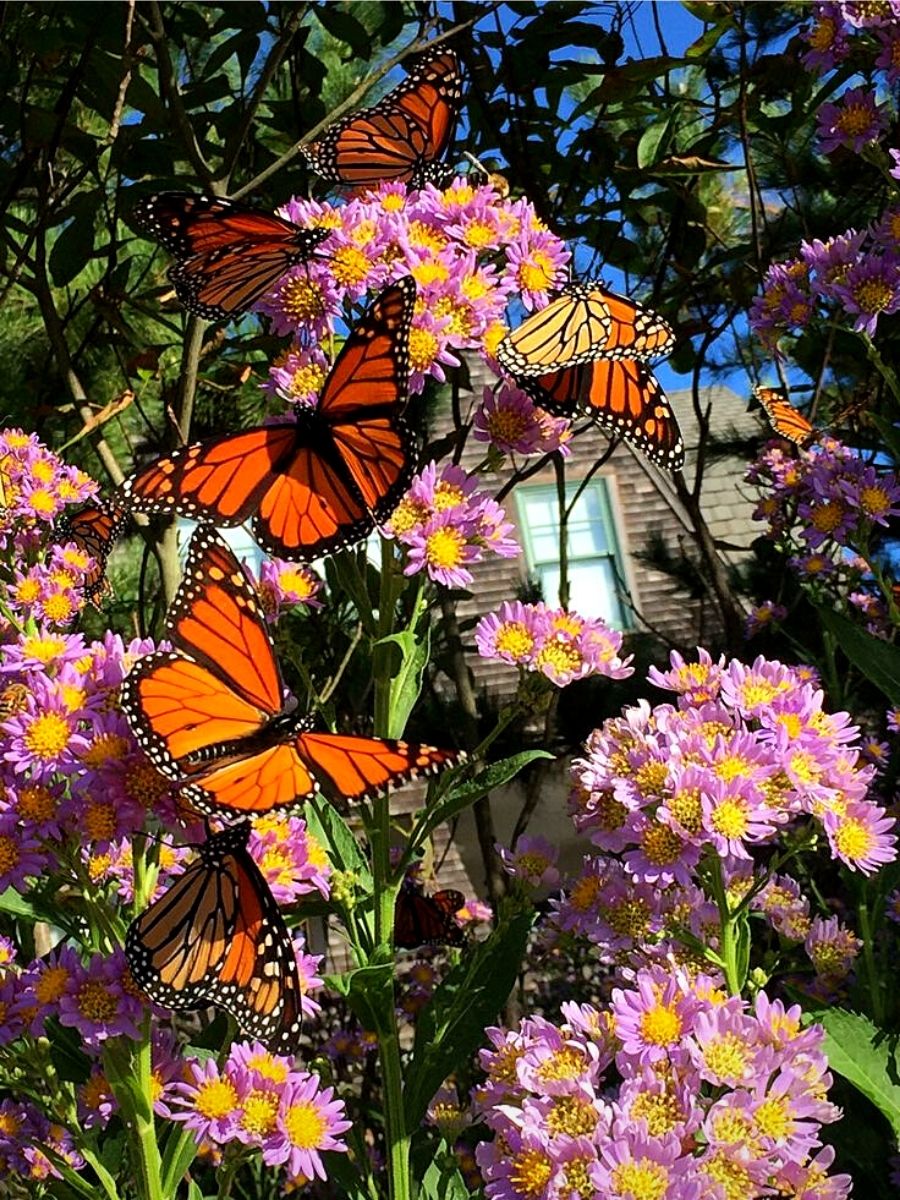
Furthermore, these sites can transform ordinary outdoor spaces into spectacular displays of natural beauty. The lively colors of milkweed and nectar-rich flowers attract not only butterflies but also human admirers, creating a mild and visually pleasing environment.
Creating Your Own Monarch Waystation
Now that you understand the importance of Monarch Waystations, you might be eager to create one of your own. Here's how you can get started. First, select a location in an area within your garden or backyard that receives at least six hours of sunlight each day. Monarch butterflies thrive in sunny spots.
As the primary host plant for monarch butterflies, milkweed is essential. Therefore, research the native milkweed species in your region and select appropriate varieties to grow. Common milkweed (Asclepias syriaca), swamp milkweed (Asclepias incarnata), and butterfly weed (Asclepias tuberosa) are some popular choices.
Supplement the milkweed with a variety of nectar-rich flowers; choosing native species that bloom throughout the season. This ensures a continuous food supply for the butterflies. Coneflowers, black-eyed Susans, asters, and bee balm are excellent options.
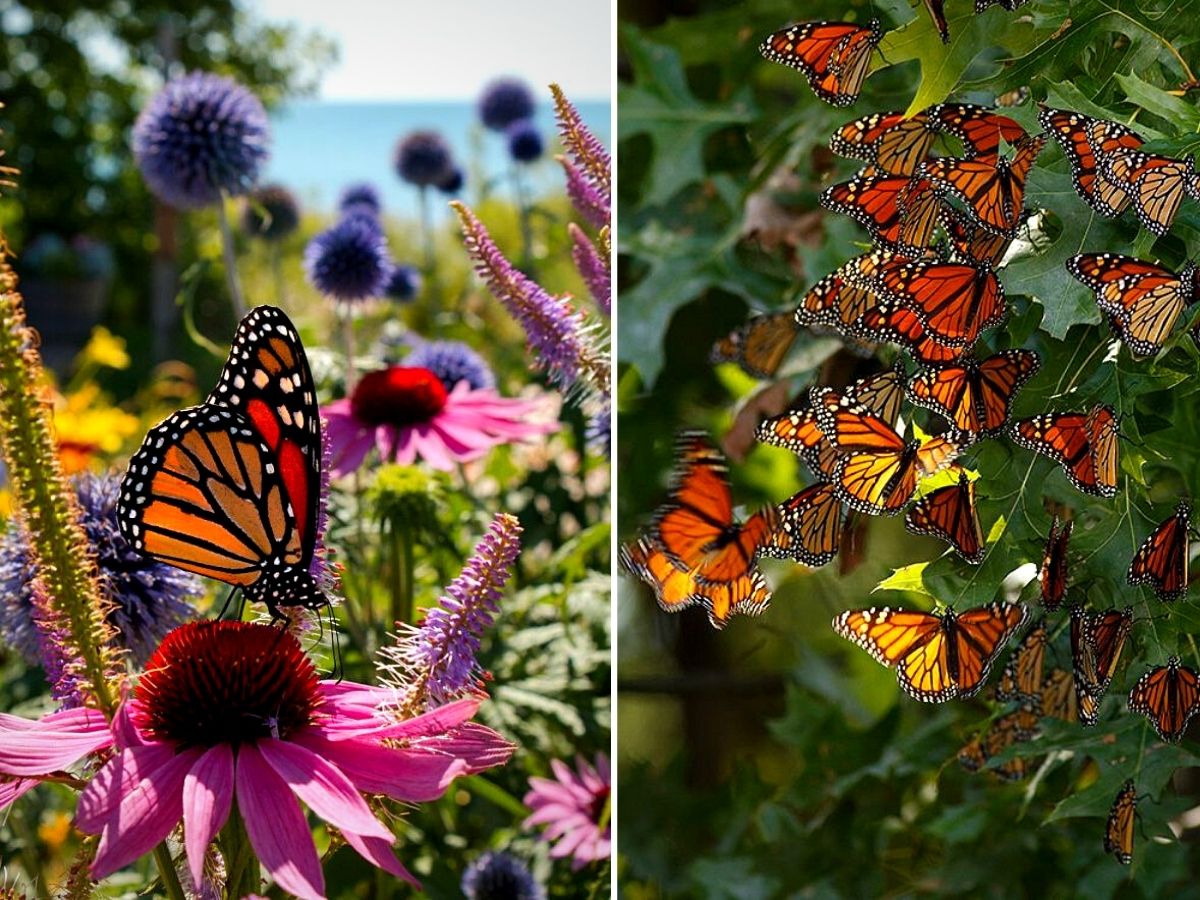
Also, incorporate elements such as rocks, shrubs, and trees to provide shelter from wind and rain. In addition, include a shallow water source, such as a birdbath or shallow dish, for the butterflies to drink from.
To make this haven safe for the butterflies, avoid using pesticides or herbicides in your Monarch Waystation. Instead, use natural pest control methods and organic gardening practices.
Once your Monarch Waystation is established, consider registering it with organizations like Monarch Watch. This not only adds your contribution to the global effort but also provides valuable data for conservation initiatives.
These Are the Joys of Having a Monarch Waystation!
When all is done, and you have established your Monarch Waystation, you can experience the joys that it brings.
For starters, you can witness the magical transformation of caterpillars into butterflies as they visit your garden. Observing these graceful creatures up close is a truly captivating experience and connects one with nature for a more fulfilling experience.
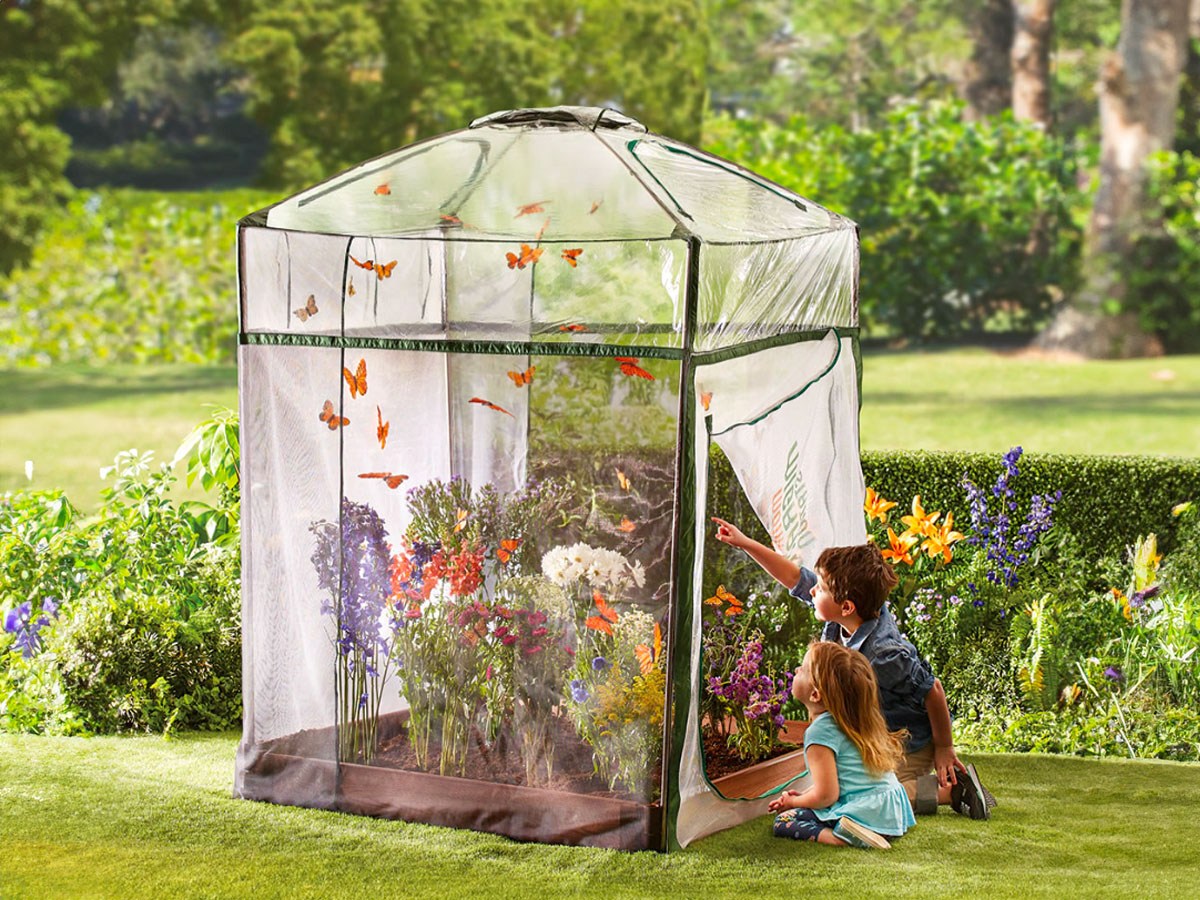
Photo by TheGreenHead.com.
If you have children or are involved in community outreach, a Monarch Waystation offers infinite educational opportunities. It's a sort of living classroom where you can teach others about the incredible world of butterflies and pollinators. In them, people and communities are afforded an opportunity to learn about the significance of pollinators, the importance of native plants, and the interconnectedness of all species in an ecosystem.
Gardening, in general, is a rewarding experience. It has been shown to reduce stress and improve mental well-being. Creating and maintaining a Monarch Waystation provides a therapeutic outlet through gardening, allowing you to unwind and find peace in nature.
Monarch Waystations also provide excellent opportunities for nature photography. Here, you can capture the vibrant colors of butterflies and their delicate interactions with flowers, birds and other interesting creatures for photography can also be found inhabiting these waystations.
Also, in establishing a Monarch Waystation, you become an active participant in monarch butterfly conservation efforts. Your small plot of land can make a significant impact on the survival of these beautiful creatures and the preservation of an ecosystem and biodiversity.
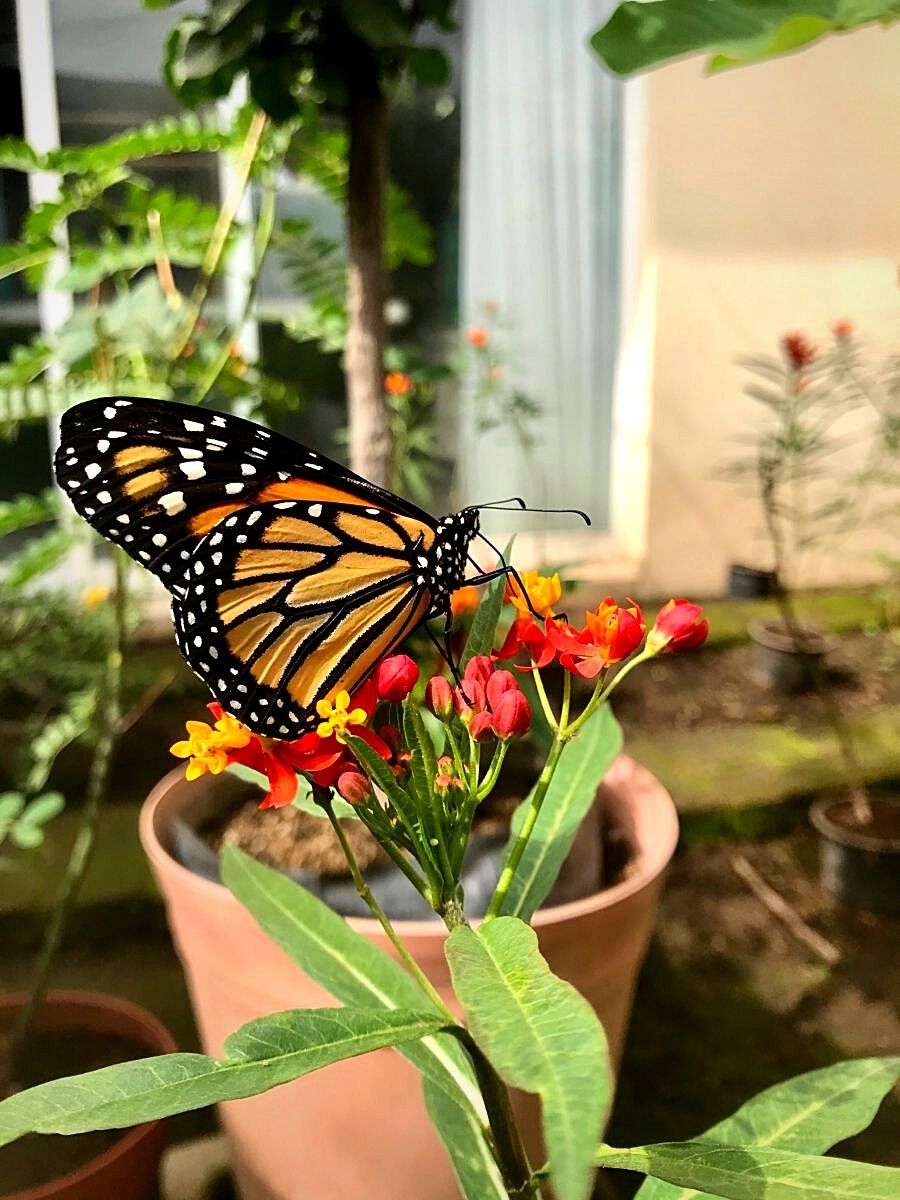
Spending time in your Monarch Waystation, similarly, allows you to reconnect with the natural world. In the waystation, you can absorb yourself in the sights, sounds, and scents of the garden, promoting a sense of peacefulness and well-being.
Your Monarch Waystation can also serve as an inspiration for others to create their own butterfly-friendly gardens. Sharing your experiences and knowledge with others means you encourage more people to join the conservation movement.
Now, You Too Can Partake in This Noble Cause
Just as the concept of Monarch Waystations emerged from a heartfelt concern for the Monarch butterfly and its dwindling populations, you too can join this cause and contribute to biodiversity protection. What’s more, recognizing the urgent need to provide essential resources for monarch butterflies during their migration, offers not only vital habitat restoration but also a range of benefits for humans, all of which you can partake in as well.
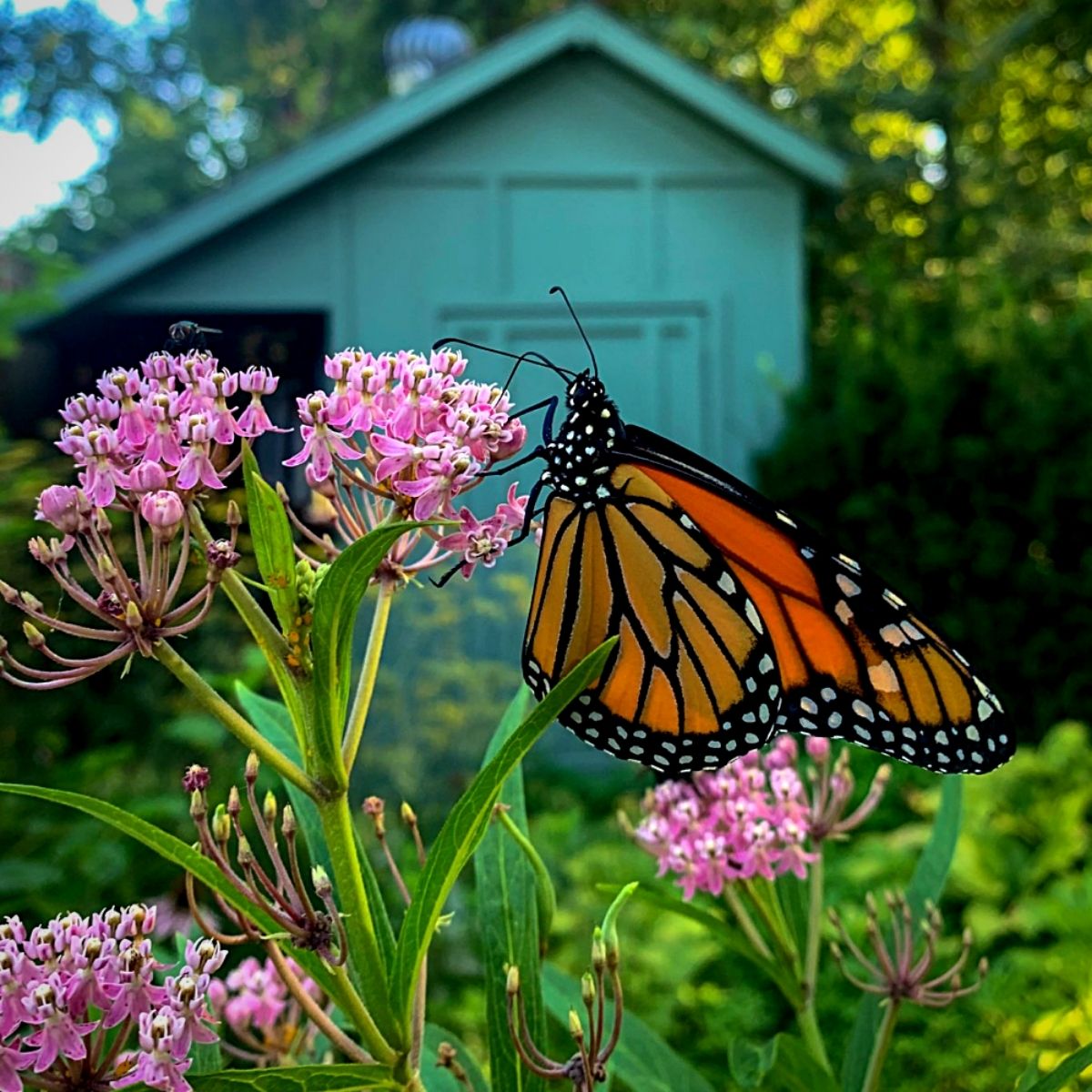
Creating your own Monarch Waystation is a noble and impactful effort that provides a tangible way to support the survival of the monarch butterfly and other pollinators while inspiring one’s own life through their connection with nature, education, stress relief, and the satisfaction of contributing to a vital conservation cause.
As a flower and nature enthusiast, this would be an effort worth its while.
Feature image by Mariposario 🦋 Sia Tikuva, header image by Kyle Glenn on Unsplash

